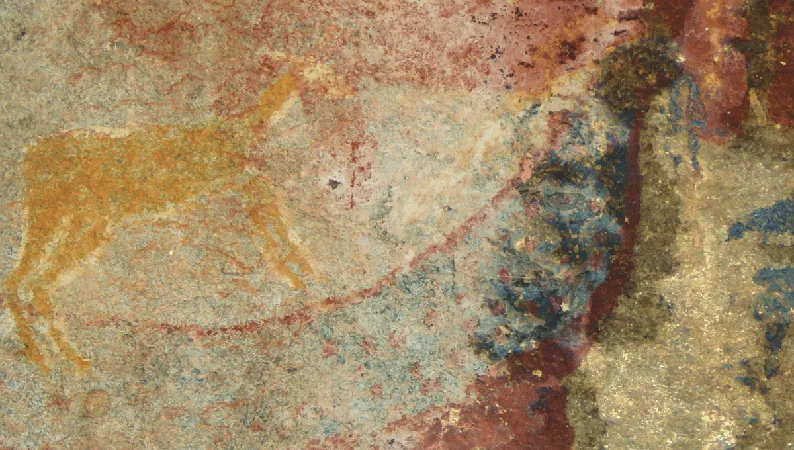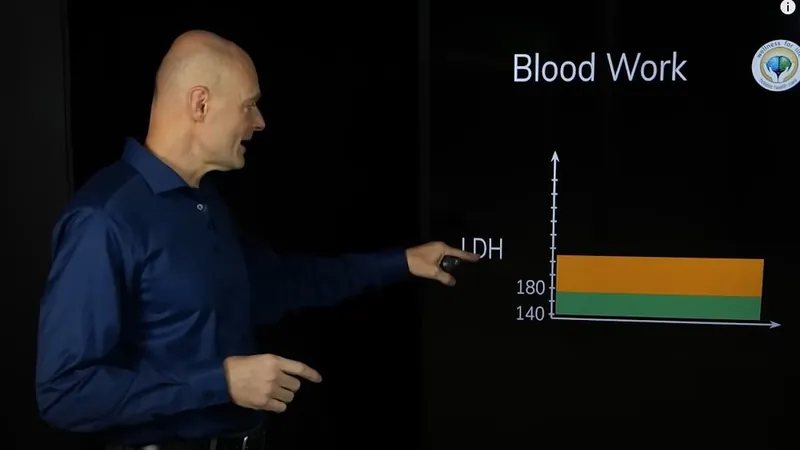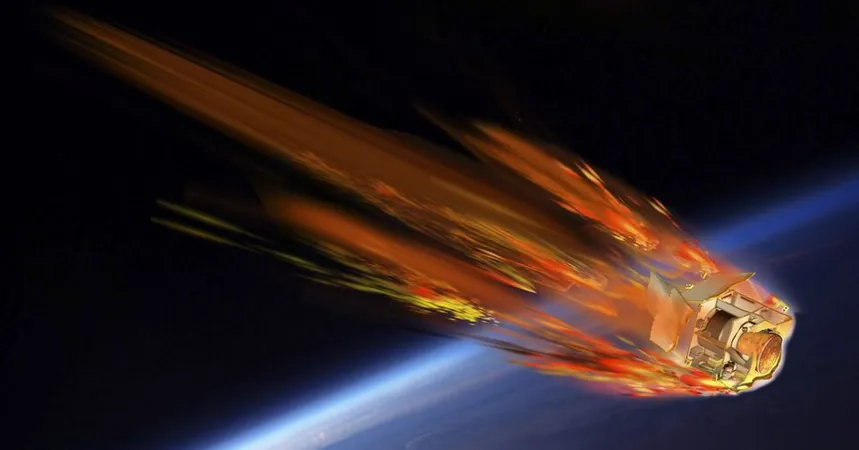
Ancient Rock Art in South Africa May Reveal Knowledge of Extinct Beasts
2024-09-18
Ancient Rock Art in South Africa May Reveal Knowledge of Extinct Beasts
In the heart of South Africa's Karoo Basin, a striking piece of rock art has caught the attention of archaeologists and historians alike. Featuring an enigmatic tusked creature, this artwork is believed to have been created by the San people between 1821 and 1835. Could this depiction be a remnant of an extinct animal known as a dicynodont, a creature that roamed the Earth long before humankind ever existed?
Recent research led by Julien Benoit from the Evolutionary Studies Institute at the University of the Witwatersrand has raised this fascinating possibility. If validated, it would suggest that the Indigenous peoples of southern Africa possessed knowledge of prehistoric animals, potentially predating scientific descriptions of such creatures by many years.
Dubbed the "Horned Serpent panel," the artwork intriguingly portrays a long-bodied creature with downward-curving tusks. At first glance, one might compare it to a walrus; however, these marine mammals are native to Arctic regions, far removed from the Southern African landscape. While some might argue it's merely a mythical being from the San's spiritual realm, the artwork reflects a deep connection to the realities of their environment.
Benoit's research stipulates that the tusked figure is likely inspired by dicynodonts—a stocky, herbivorous species that lived in the region around 200 million years ago. Not only were these creatures considerably large, but evidence suggests that the San community was adept at recognizing and sometimes relocating fossil remains across significant distances.
Interestingly, the San people's narratives often include mythical accounts of colossal animals, referenced in a 1905 report that described encounters with "great monstrous brutes, exceeding the elephant or hippopotamus in bulk." These stories indicate that the San maintained an awareness of organic life that existed eons prior to their own.
Digging deeper into their cultural mythology, Benoit proposes that the painted tusked creature may represent a "rain-animal." Within the San traditions, during rain-making ceremonies, participants enter an altered state of consciousness to connect with the spiritual realm in search of rain-bringing animals. He conjectures that by depicting an extinct creature like the dicynodont, the San people believed they could enhance the potency of their rain-making efforts, bridging the gap between the living world and that of the dead.
What’s remarkable is the timeline of these illustrations. The Horned Serpent panel dates back to a period when dicynodonts had yet to be identified scientifically by Western scholars, who only began formally documenting them in the 1840s. This suggests a sophisticated comprehension of paleontology that predated Western recognition.
Benoit highlights the works of historians like Adrienne Mayor, who argue that many Indigenous cultures had a significant understanding of fossils long before they became an academic interest. For example, the San people were known to have collected fossils, such as dinosaur bones, granting them insights into a past that many Western archaeologists overlooked.
With this breakthrough research, it becomes increasingly clear that the wisdom of Indigenous communities, such as the San, has not only been undervalued but represents a rich tapestry of knowledge that enhances our understanding of prehistory. Who knows how much more of the past awaits discovery within other art forms across the globe? The implications of this research could redefine our understanding of the intersection between culture, art, and ancient life forms.





 Brasil (PT)
Brasil (PT)
 Canada (EN)
Canada (EN)
 Chile (ES)
Chile (ES)
 España (ES)
España (ES)
 France (FR)
France (FR)
 Hong Kong (EN)
Hong Kong (EN)
 Italia (IT)
Italia (IT)
 日本 (JA)
日本 (JA)
 Magyarország (HU)
Magyarország (HU)
 Norge (NO)
Norge (NO)
 Polska (PL)
Polska (PL)
 Schweiz (DE)
Schweiz (DE)
 Singapore (EN)
Singapore (EN)
 Sverige (SV)
Sverige (SV)
 Suomi (FI)
Suomi (FI)
 Türkiye (TR)
Türkiye (TR)